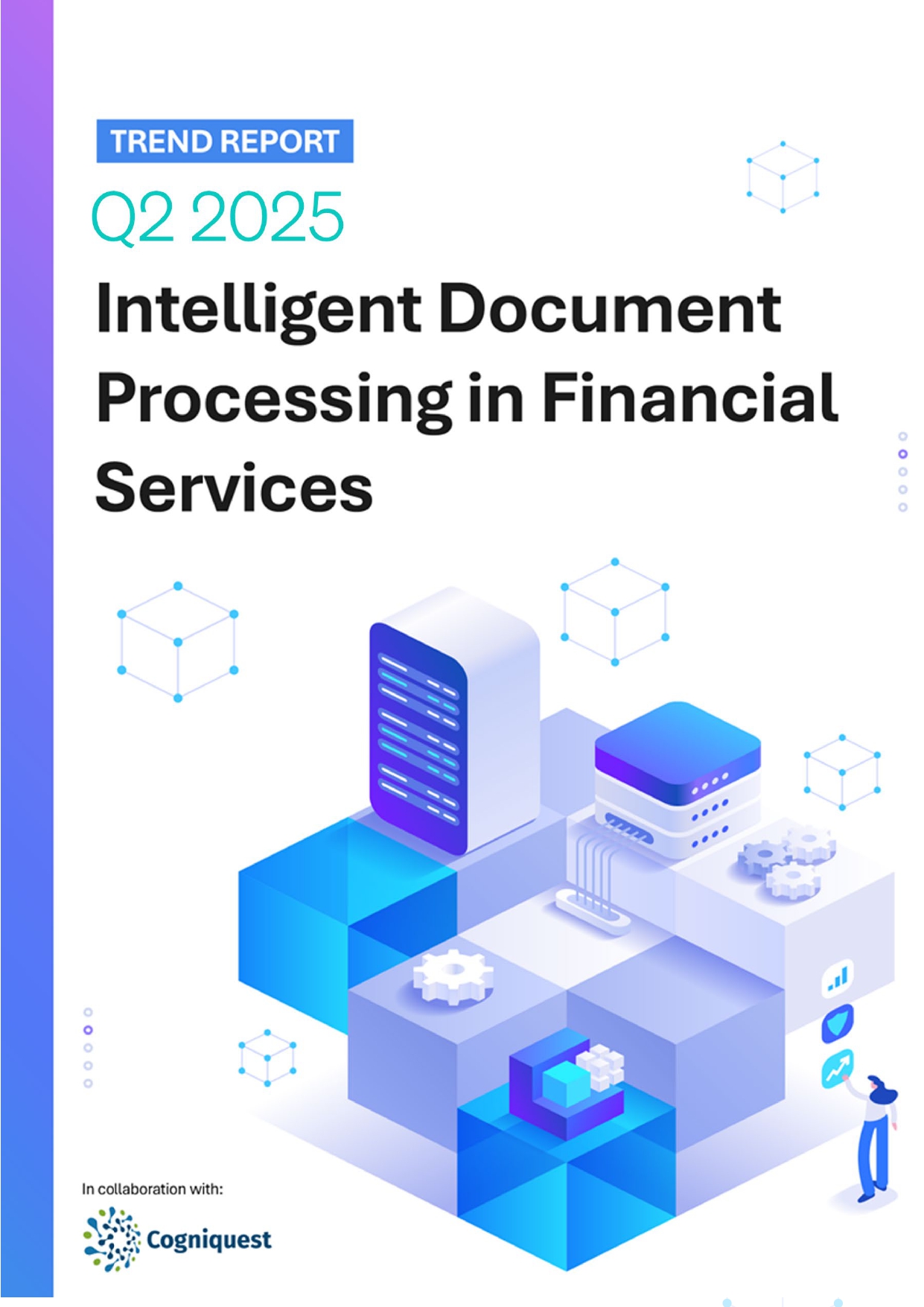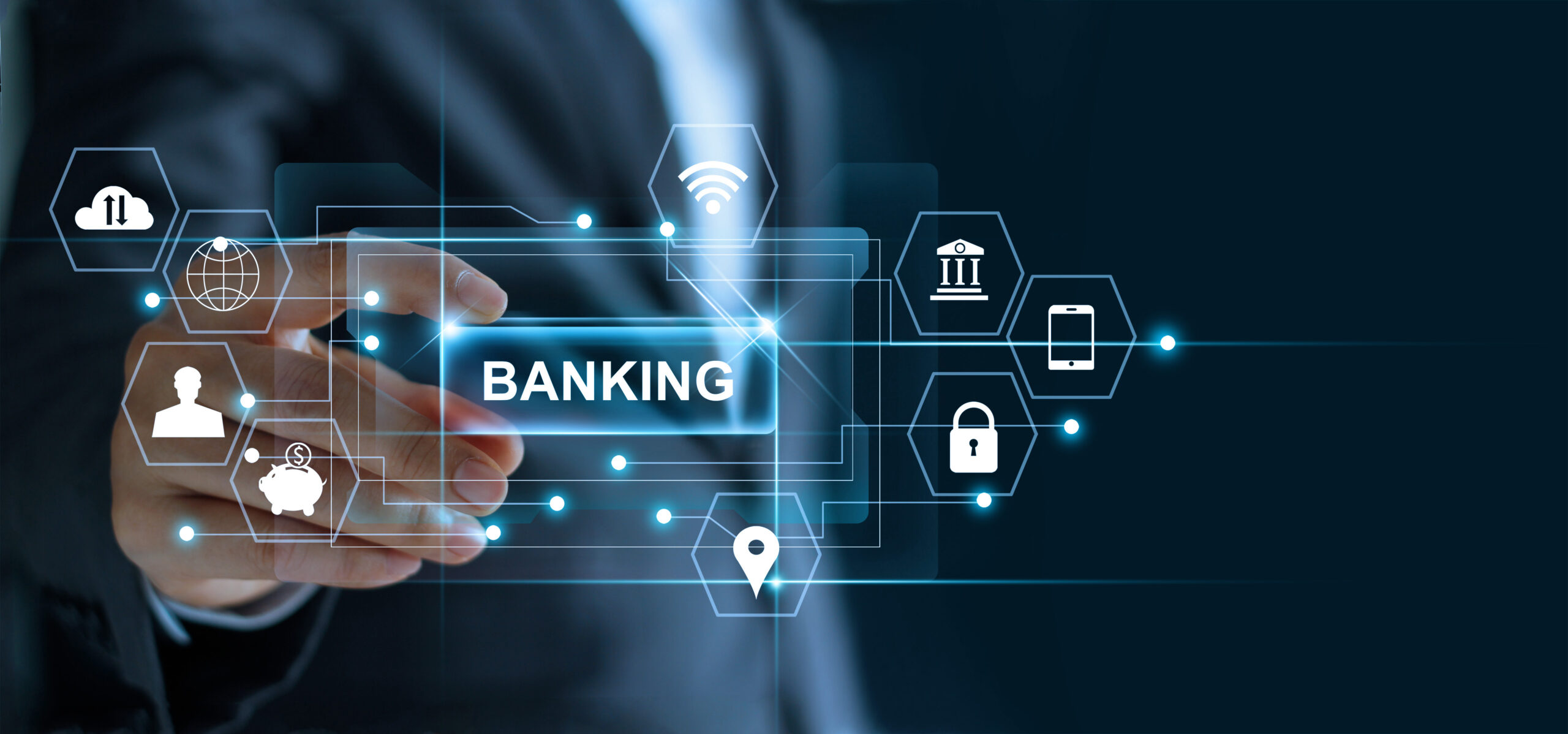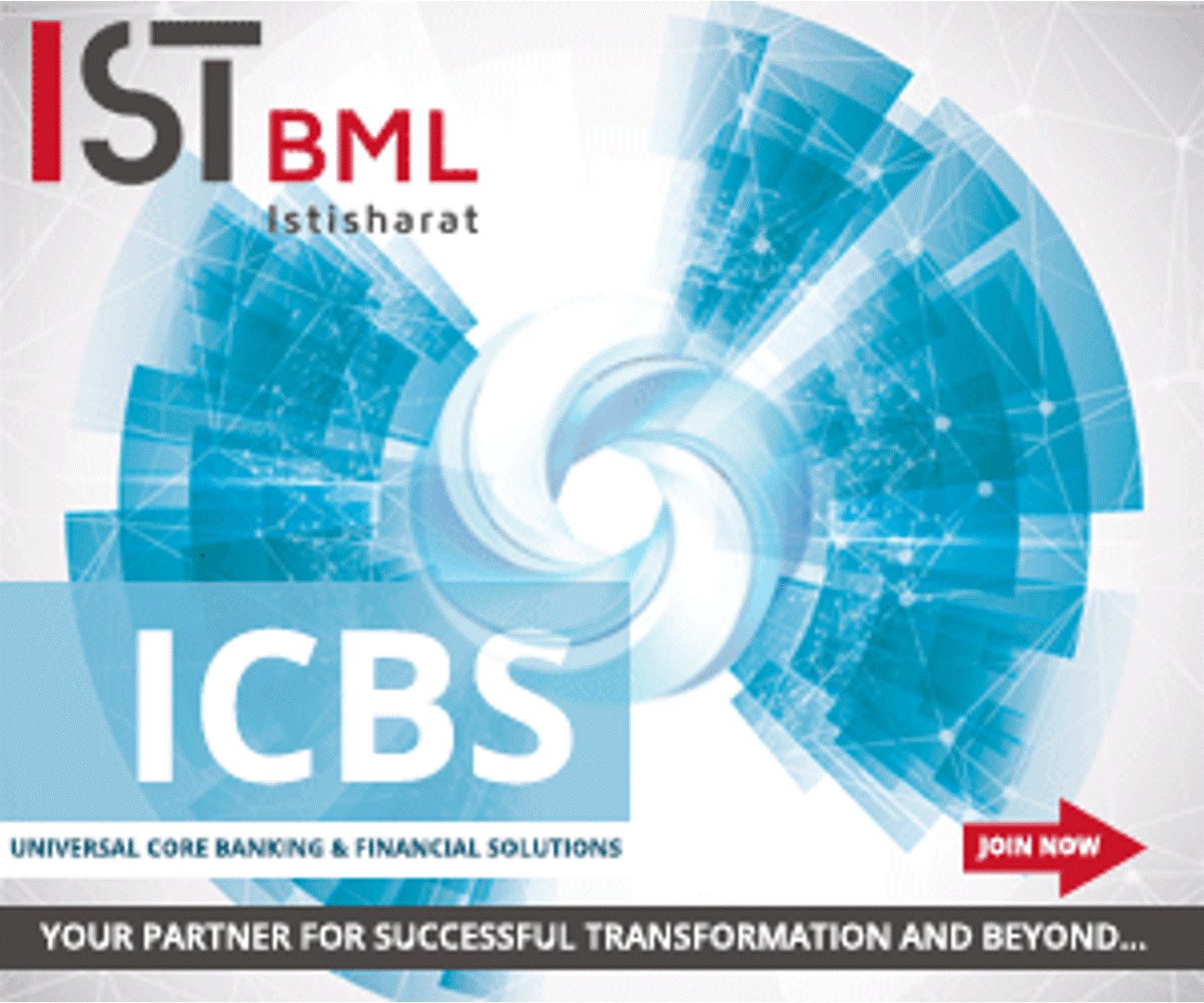 Back
Back
In light of the challenges, how will banks transform in 2022?
By Puja Sharma
Global banks will face a critical juncture in 2022, according to a report by Deloitte. There remain many challenges two years after the pandemic began: from implementing technology solutions holistically to staying ahead of the impacts of digital assets; from climate change to workplace/workforce evolution to other systemic societal challenges. Despite these and others, banking institutions are eager to grow, scale, and achieve new heights. But the window for bold and transformational action may soon be closing.
Banks are on the verge of making or breaking. They only have a limited time to decide how they want to position themselves in the new global financial architecture that digitalisation will bring about. However, banks will face various growing challenges and uncertainties in the near end.
Many banks have yet to implement their pledges to sustainable finance. Now is the time for banks to deliver on their commitments as global problems in public health, social justice, and climate change intensify and converge. Sustainable finance efforts are not only good for the environment, but they also have the potential to provide new economic opportunities.
Machine Learning Gains Traction
We’ve been hearing about how artificial intelligence—machine learning, in particular—will transform the banking industry. Few mid-size financial institutions—just 12% of banks and credit unions—have deployed these technologies so far,
Things are changing, however. One in four banks and credit unions expect to invest in machine learning tools and technologies in 2022. Two use cases are driving this surge:
Credit modeling. A 2020 study from Cornerstone Advisors found that 20% of financial institutions with more than $1b in assets planned to make significant investments—or enter into strategic partnerships—for new credit modeling and advanced decisioning tools.
Fraud and risk management. The percentage of bank and credit union executives citing fraud, risk, and cybersecurity concerns in Cornerstone’s 2022 study skyrocketed from the previous year. Many are looking to machine learning tools and technologies to help them manage these concerns.
As McKinsey makes sense: “AI models intensify a few components of a model gamble. Albeit many banks have approval structures and practices set up to survey and relieve the dangers related with traditional models, these are frequently lacking to manage the dangers related with Machine learning models.”
Use of Chatbots in banking
Chatbots allow customers to manage requests swiftly and efficiently while acting as a listening channel so that banks can better understand user habits, anticipate customer actions and deliver personalized offers and services. By contextualizing products and services, banks increase their customer loyalty and their lifetime value.
P2P Payments
Although just 15% of financial institutions have deployed real-time payments, 28% expect to launch them in 2022, with another 26% launching in 2023. P2P payments are the top use case cited for financial institutions’ faster payments programs.
The new network—to be integrated into community banks’ mobile banking apps—will alleviate the need for consumers to move money between apps or log in to their bank account to check their balance just to transfer funds from another application.
Digital loans
Digital lending trends are emerging in response to customer requests. They will help banks and financial institutions to provide better services, such as faster application submission and approval, accurate underwriting, secure identity verification, and improved customer service.
Embedded banking becomes rampant
Embedded banking — in which banking is done somewhere other than a branch, website, or mobile app — started to gain steam in 2021 and will likely continue to do so in the year ahead. The buy now/pays later loans offered on shopping websites have been the most visible example of this trend recently, but it goes beyond that.
Shopify’s e-commerce software for merchants, which has payments services baked in, is embedded banking that otherwise might have been merchant-acquiring business for companies like JPMorgan Chase or Bank of America.
Financial services providers will try to present products to consumers at the point at which they are most useful. This could include offering mortgages as someone is shopping for a new home online and offering personal loans through home contractors, doctors, veterinarians, and lawyers. It could be businesses getting banking accounts through their accounting software.
IBSi FinTech Journal

- Most trusted FinTech journal since 1991
- Digital monthly issue
- 60+ pages of research, analysis, interviews, opinions, and rankings
- Global coverage
Other Related News
Related Reports

Sales League Table Report 2025
Know More
Global Digital Banking Vendor & Landscape Report Q2 2025
Know More
NextGen WealthTech: The Trends To Shape The Future Q4 2023
Know More
Intelligent Document Processing in Financial Services Q2 2025
Know More



